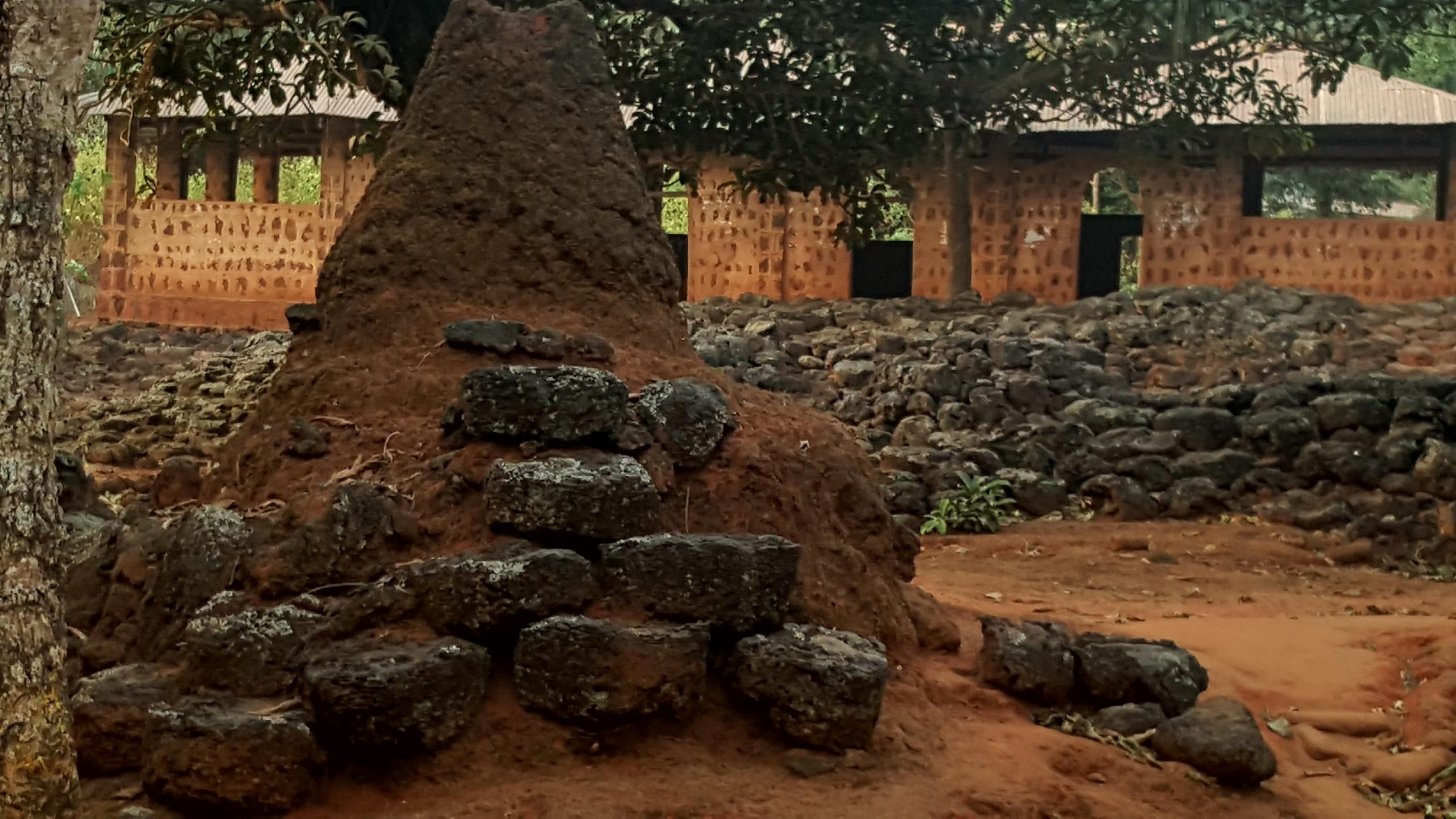Iron has extensive uses in today’s world. It’s important for the production of steel, which is in turn used for making cutlery cookware, and many household appliances. Iron is also used in the manufacture of ships, aircraft, bridges, and buildings.
Read more about Did you know?
But four thousand years ago, people in what is now Lejja, Enugu State, had other ideas. They too produced iron. But the experts aren’t sure what they were using them for.
An educated guess would be that the iron was for farming tools. There’s evidence that these people farmed the soil—archaeologists have founds signs of this. Another smart supposition would be that they used iron to make weapons.
Lejja: The First Of A Global Field
That second guess brings us to why Lejja’s iron smelting site is unique. Until fairly recently, historians believed that iron-smelting began on another continent, specifically in what is now Turkey. The people there at the time—the Hittites—harnessed the skill of iron smelting about 1,500BC, and made weapons with their iron.
Because iron was superior to copper (which was widely used in the rest of the Middle East at that time), the Hittites were able to dominate their enemies in wars. With the help of their iron tools, they stood toe to toe with mighty Egypt.
But then archaeologists began finding sites in Africa that pushed the date for the discovery of iron production back about 500 years. In Nigeria, they found Lejja, an area just 14 km from Nsukka, which had iron slags dating to 2,000BC.
As far as we know, Lejja presents itself as the oldest iron smelting site in West Africa—and quite possibly the world.
If this is true, it’ll mean that some of our history textbooks will have to be rewritten. Africa, and not Asia, has the bragging rights for the oldest holders of iron smelting technology.
The Community And Its Doubters
Lejja is a community made up of more than 30 villages. At a village square in the area, there’s a large assemblage of ancient iron slags, weighing between 30 and 60 kg. Researchers have found these slags buried elsewhere in the region.
Curiously, there’s no iron smelting happening in that community today. And there’s no evidence that it’s been happening closer to recent times.
The locals don’t have a history of iron smelting that’s been handed down to them. So, who were the smelters?
It’s hard to say. The ancients haven’t left us any notes; all that remains of their legacy are the slags and some possible pointers to a settled agricultural community.
Some experts don’t think that Lejja has a claim to being the oldest iron smelting site. They note that the radiocarbon dating technique used in dating these early sites in Africa may be flawed. However, there’s no definitive proof that their stance is correct.
Others speculate that these areas may have learned their skill from outsiders, perhaps people who came in from ancient Egypt of the Mediterranean. Again, there’s no evidence for this. In fact, it’s more probable that the technology spread in the reverse direction. In any case, the deserts and forests that lay between both regions would have forbidden any contact of this kind.
Final Words: More Coverage Needed
Unfortunately, there hasn’t been enough publicity about Lejja’s iron smelting past. A site of this kind deserves some status. More research and digs need to be done, and more coverage ought to be accorded the community’s treasures.
Featured Image Source: Things Nigeria
Got a suggestion? Contact us: [email protected]


